Frequently asked questions
Company News
- Aluminum veneer customization, creating a new trend of personalized space!
- Aluminum veneer: the fashionable outerwear of modern architecture
- Aluminum veneer customization, creating a new trend of personalized space
- Aluminum veneer customization: the art of personalized space
- Imitation wood grain aluminum veneer: a fashionable choice for modern architecture
Industry dynamics
- Imitation wood grain aluminum veneer: the new favorite of retro fashion in modern architecture
- Customized aluminum veneer to create your own unique aesthetic space
- Hollow out fluorocarbon aluminum veneer brings a unique shine to buildings
- Exploring Wood Grain Aluminum Veneer: The Natural Beauty in Modern Architecture
- Curtain wall aluminum veneer: the secret weapon to create a new style of modern architecture!
Frequently asked questions
- How to evaluate the impact of the plasticity of aluminum veneer on the appearance of buildings?
- What are the limitations of the application scope of aluminum veneer?
- Can aluminum veneer be used for building platform design?
- Does the production of aluminum veneer require certification?
- Will the thickness of aluminum veneer affect its service life?
contact us
Mobile:+86 15627778610
Email: 2201229786
Address: No. 5 Binjiang Road, High tech Zone, Zhaoqing City, Guangdong Province
Can aluminum veneer be used for building platform design?
- Author: Lesilong Technology (Guangdong) Co., Ltd
- Release time: 2022-03-02 02:04:35
- Click:0
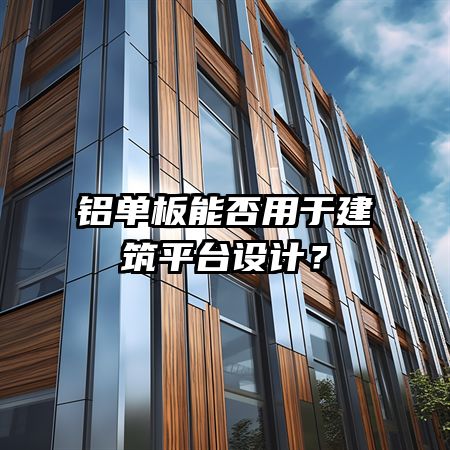
Aluminum veneerCan it be used for architectural platform design?
With the continuous development of modern architectural technology, more and more building materials are being applied in architectural design. Aluminum veneer, as a new type of building material, has the advantages of lightweight, corrosion resistance, and easy processing, and has therefore been widely used in architectural design. This article will explore whether aluminum veneer can be used in building platform design from four aspects.
1、 Physical properties of aluminum veneer
Aluminum veneer is a single-layer sheet made of aluminum alloy, with low density, light weight, high hardness, high strength, and good corrosion resistance. These advantages make aluminum veneer an ideal building material, especially in the design of building platforms. Aluminum veneer can withstand significant weight and pressure, meeting the requirements for building platforms. At the same time, aluminum veneer also has good fire resistance, which can ensure the safety of building platforms.
However, aluminum veneer also has some drawbacks, such as good thermal conductivity and susceptibility to temperature effects, which need to be considered reasonably in design. In addition, the surface of aluminum veneer is prone to damage and requires strengthened maintenance during use.
2、 Processing performance of aluminum veneer
Aluminum veneer has good processing performance and can be processed and customized according to different design requirements. Aluminum veneer can be processed through cutting, stamping, bending, and other methods, and can be made into various shapes and sizes of building materials to meet the design requirements of different building platforms.
At the same time, aluminum veneer can also undergo surface treatment such as spraying, anodizing, etc. to enhance its corrosion resistance and aesthetics. These processing and handling methods provide more possibilities for the application of aluminum veneer in building platform design.
3、 Environmental performance of aluminum veneer
Aluminum veneer is an environmentally friendly building material with recyclability and reusability. Aluminum veneer can reduce its impact on the environment and minimize resource waste through recycling and reuse. In addition, there are no pollutant emissions during the production process of aluminum veneer, which has no negative impact on the environment.
Therefore, using aluminum veneer in building platform design can not only improve the environmental performance of buildings, but also meet people's demand for green buildings.
4、 Economy of aluminum veneer
Compared to other building materials, aluminum veneer has higher economic efficiency. The production cost of aluminum veneer is relatively low, and the processing and installation costs are also relatively low. Meanwhile, aluminum veneer has a long service life and does not require frequent replacement, which can reduce maintenance and replacement costs.
In addition, aluminum veneer also has good corrosion resistance and fire resistance, which can reduce maintenance and replacement costs caused by damage to building platforms. Therefore, using aluminum veneer in building platform design can reduce construction costs and improve economic benefits.
summary
In summary, aluminum veneer, as a new type of building material, has many advantages and can be applied to the design of building platforms. The physical properties, processing performance, environmental performance, and economy of aluminum veneer are all very suitable for the requirements of building platforms. Of course, attention should also be paid to some drawbacks of aluminum veneer during use, such as thermal conductivity and surface damage. Therefore, when designing building platforms, it is necessary to make reasonable choices and applications based on specific circumstances.

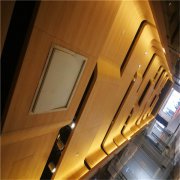
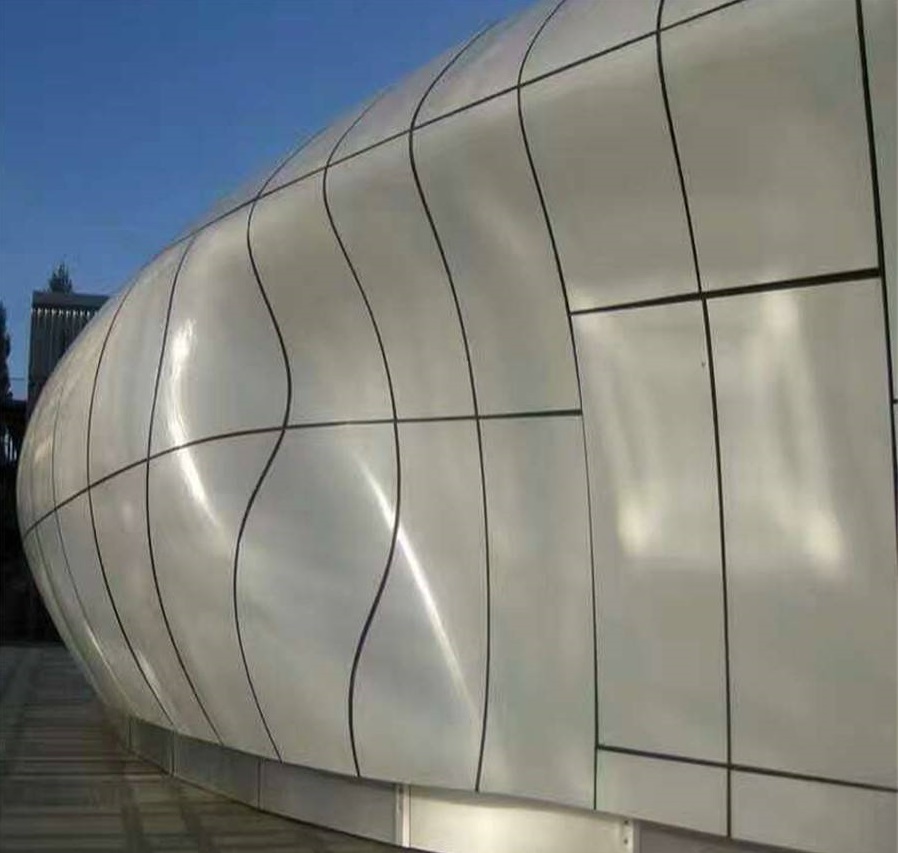
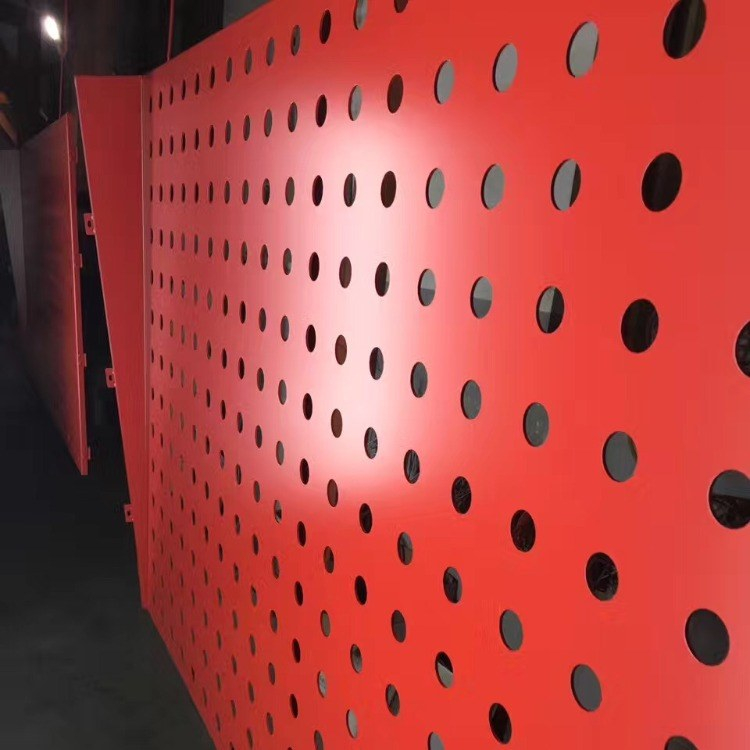
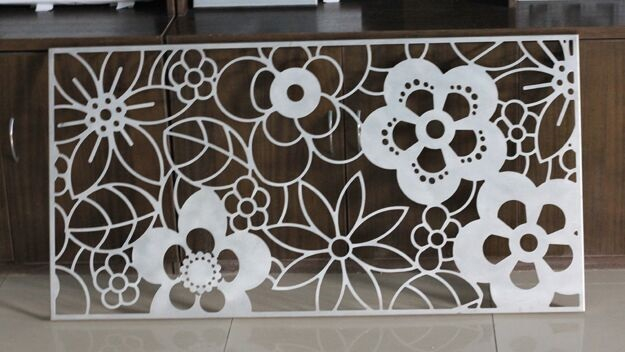
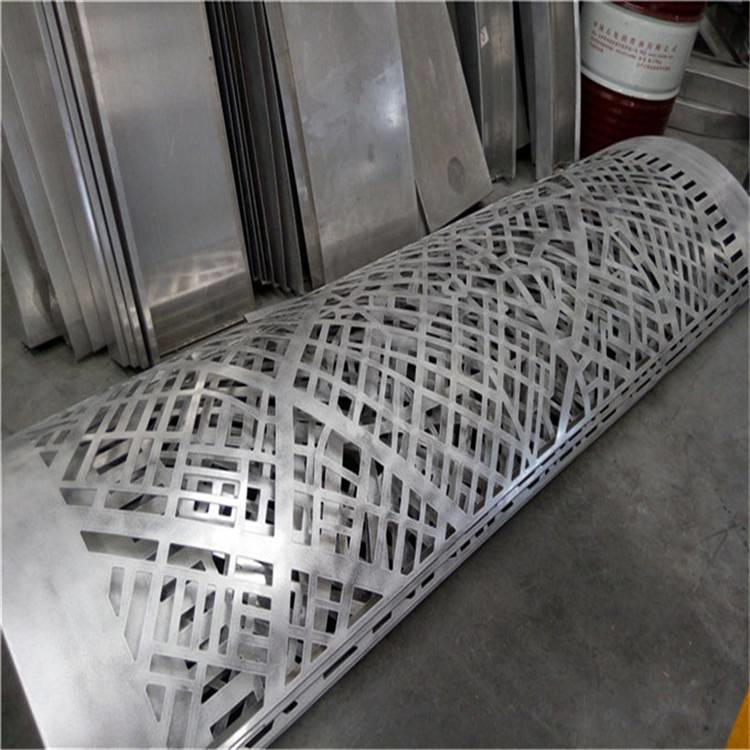
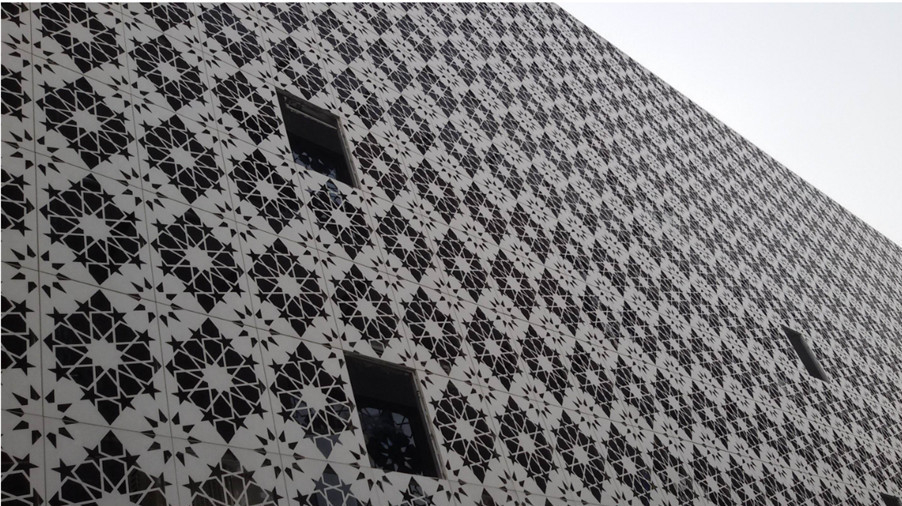
 Customer service QQ
Customer service QQ